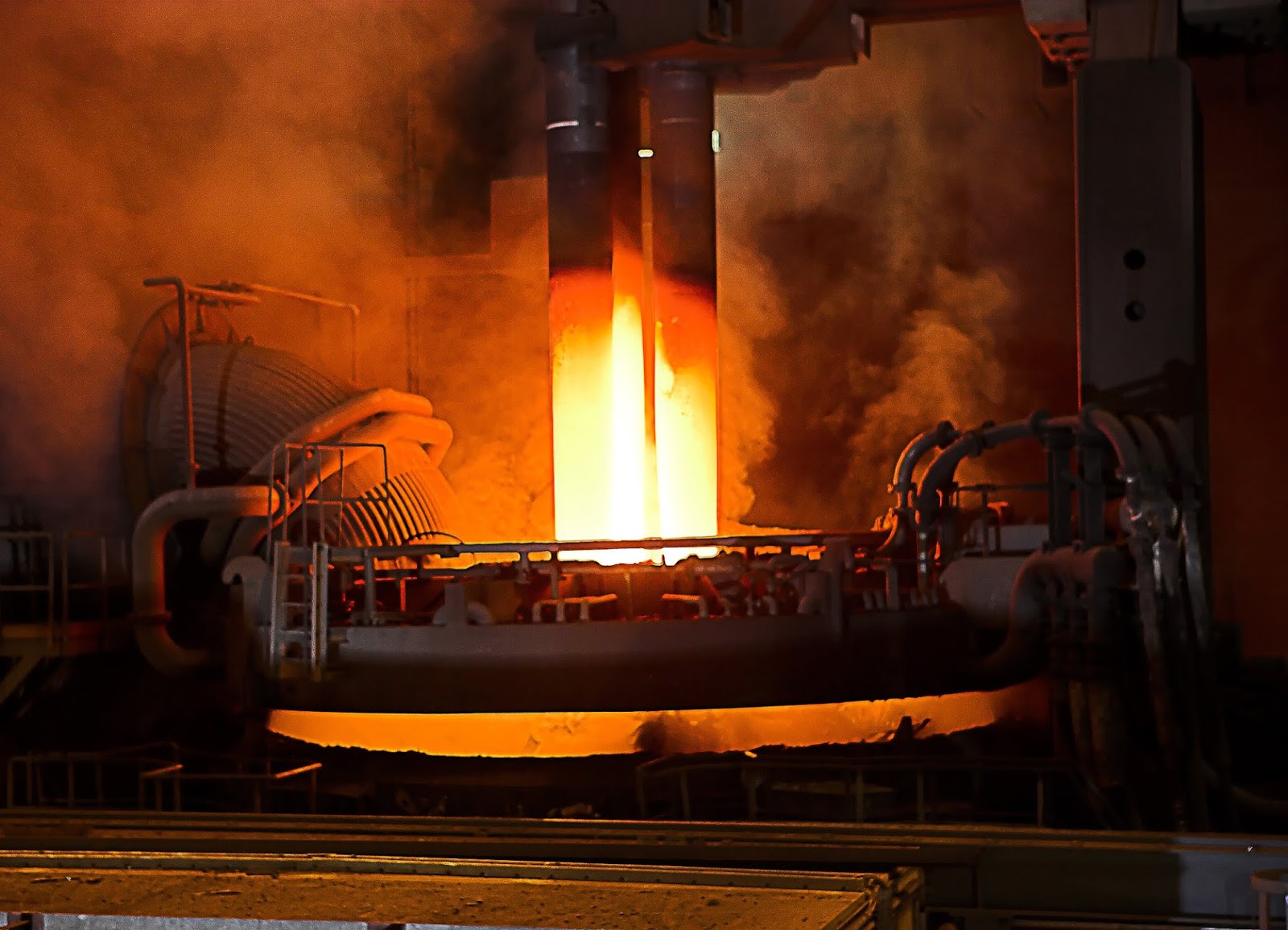

Ramsay suspected it could be helium, because there appeared to be a D 3 line. His spectroscope indicated the presence of nitrogen, argon and one other gas. Ramsay, who believed the gas might contain argon, repeated Hillebrand’s experiment using another uranium mineral, cleveite, and collected the gas. Hillebrand believed the gas was nitrogen. In 1895 he read a paper by William Hillebrand describing an unreactive gas that was released when acid was added to the uranium mineral, uranite. Ramsay had codiscovered argon in 1894 argon was the first of the noble gases to be discovered. (5)Īll doubts were dispelled when Scottish chemist William Ramsay isolated helium in 1895 in London. Helium’s existence was not, however, accepted by everyone. It seems to indicate a new substance, which they propose to call Helium.” (7) “Frankland and Lockyer find the yellow prominences to give a very decided bright line not far from D, but hitherto not identified with any terrestrial flame. Lord Kelvin discussed “reflection of the light of the glowing hydrogen and ‘helium’ round the sun.” The use of ‘helium’ is followed by a footnote to explain it: Lockyer and Edward Frankland, his coworker, had a number of other ideas about the possible causes of the yellow line and therefore did not announce a new element.īy 1871, other scientists were aware of the situation. The name helium came from the Greek word for the sun, helios. “…so then we knew that we were not dealing with hydrogen hence we had to do with an element which we could not get in our laboratories, and therefore I took upon myself the responsibility of coining the word helium, in the first instance for laboratory use.” (6) He published his study of the line, aware it might be caused by a new element:

English scientist Norman Lockyer studied the new yellow line later it would be called the D 3 line. The line was in a similar but not identical position to lines in sodium’s spectrum. In these spectra, he observed a yellow line. In the two weeks following the eclipse Janssen developed a method of recording prominences’ spectra without the need for an eclipse. In August 1868 the first total eclipse since Kirchhoff and Bunsen’s work had been published was due.įrench astronomer Pierre Janssen was waiting for an eclipse in order to observe prominences in the sun’s corona using a spectroscope. (4)įor helium’s discovery, a few more years were needed. Kirchhoff and Bunsen looked at the sun’s spectrum and were able to conclude that iron was present in its glowing atmosphere. Then William Crookes discovered thallium in 1861 after observing a bright green spectral line. In 1860 they discovered cesium by its blue spectral lines and in 1861 rubidium from two red spectral lines. The scene was set for Kirchhoff and Bunsen to discover new elements by studying light from substances when they were burning. In 1859/60 German scientists Gustav Kirchhoff and Robert Bunsen made enormous leaps in the science of spectroscopy, including the discovery that the dark lines Fraunhofer had seen were like a substance’s fingerprint. Fraunhofer had noticed dark lines in the rainbow of colors coming from sunlight split by a prism the lines he saw were the first ever observation of a star’s spectrum. In 1814 German physicist Joseph Fraunhofer had taken Isaac Newton’s method of splitting sunlight using a prism and had made a crucial advance. In 1835 French philosopher Auguste Comte declared, “we shall never be able by any means to study their chemical composition.” (1)Ĭomte thought we could only learn what star-stuff was if we could get it into the laboratory.ĭespite Comte’s pessimism, the method for the discovery of helium and the compositions of the stars had already been found. The story of helium’s discovery is interwoven with the discovery of the nature of stars.Īt one time people believed we would never know what stars are made of.


 0 kommentar(er)
0 kommentar(er)
